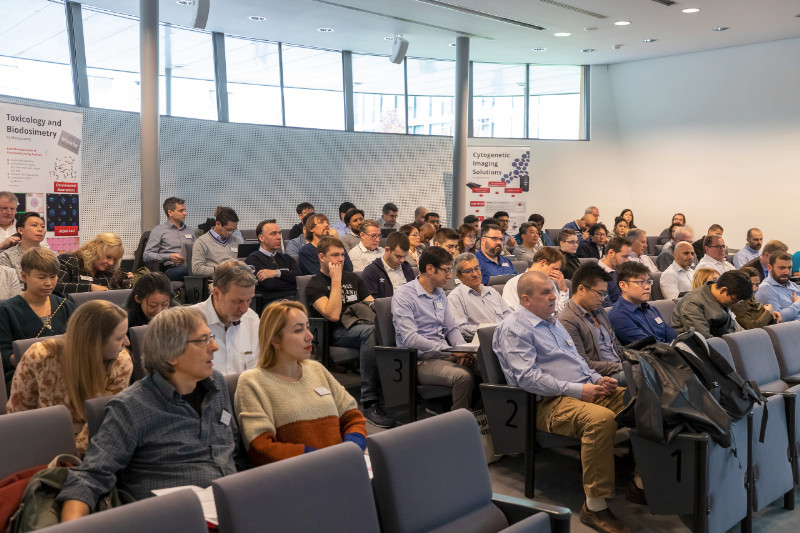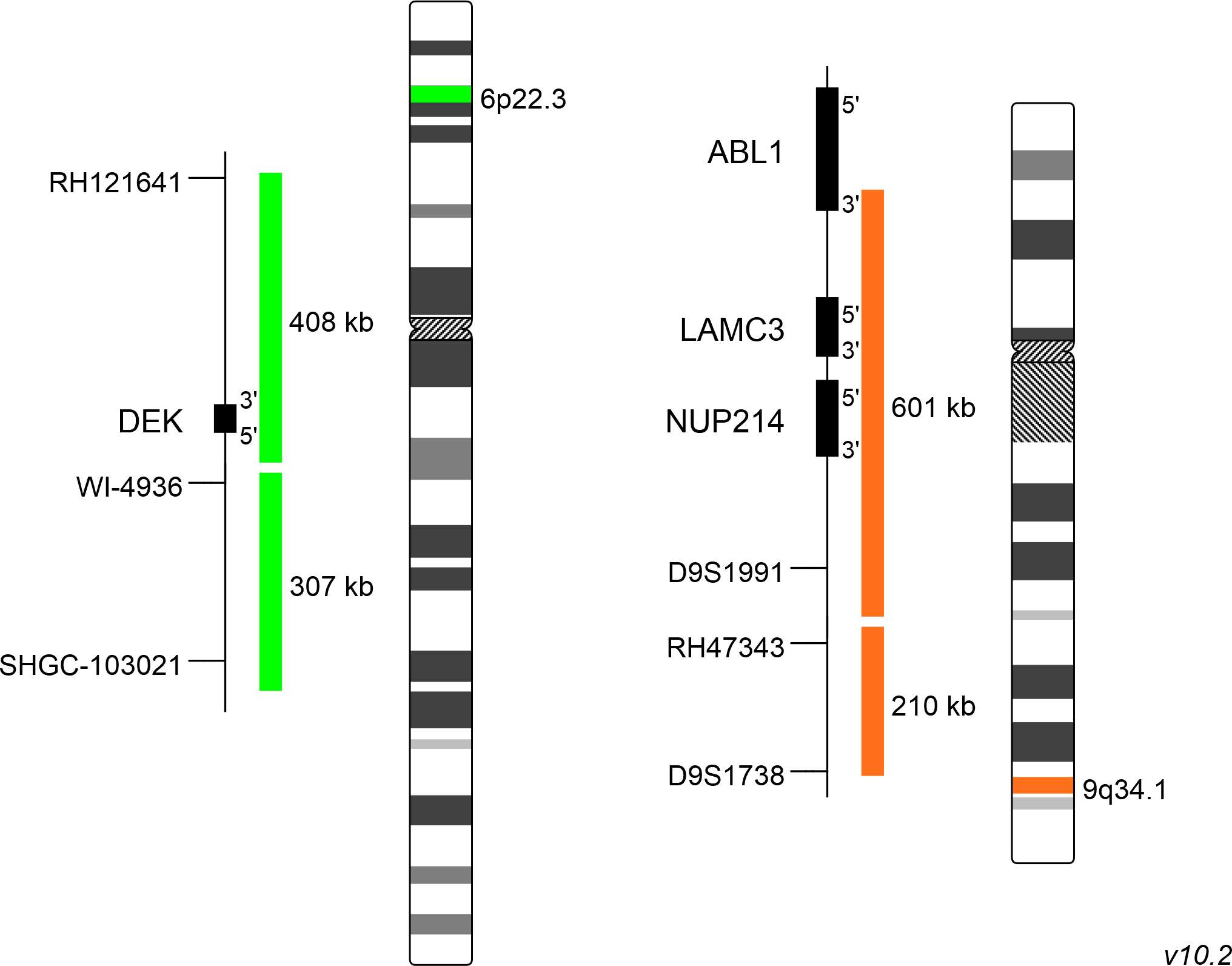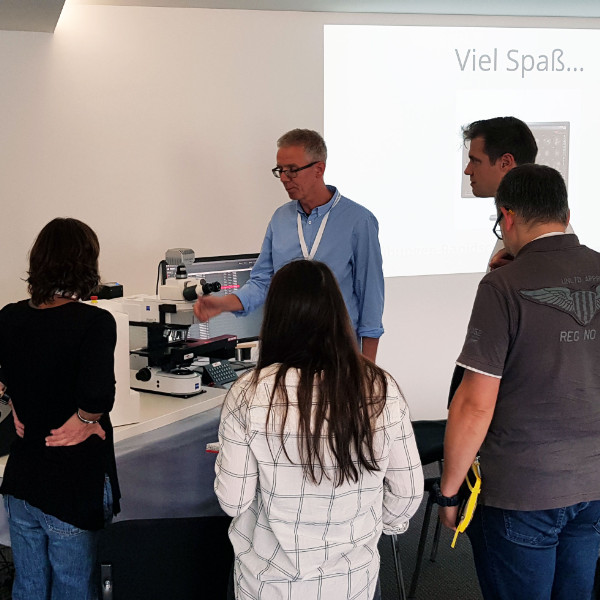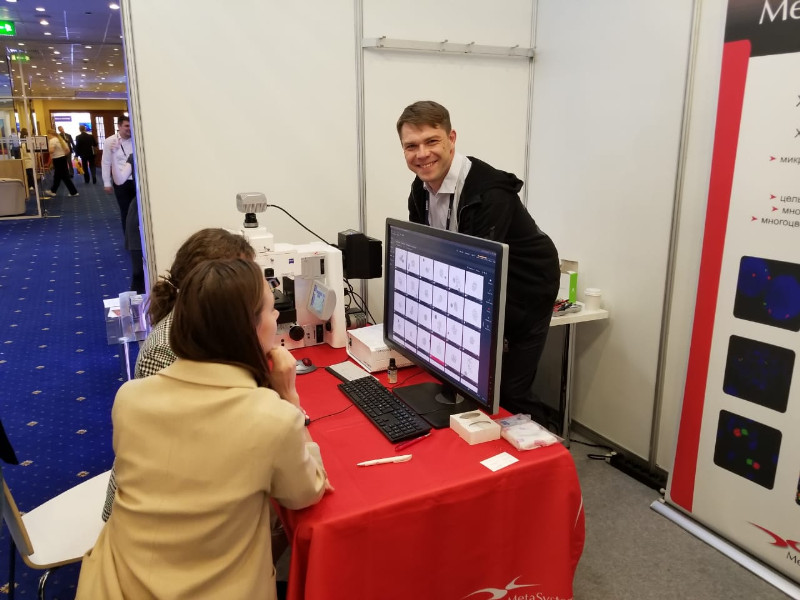About 100 guests from 36 countries met on the XVIII. MetaSystems Distributor Meeting (DM) in November to exchange experiences and to get to know new trends and developments at MetaSystems.

Our internet site may contain information that is not approved in all countries or regions. To ensure accuracy of content, please select your country/region of residence. Choose International if your country is not listed.
This information will be saved using cookies. To find out more about cookies, read our Privacy Policy.
Please select your country of residence. Choose International if your country is not listed.
Our internet site may contain information that is not approved in all countries or regions. To ensure accuracy of content, it is required that you select the site which is appropriate for your country of residence.
Based on your previous selection, you have been forwarded to the website for International.
This probe is IVDR-certified in compliance with the Regulation (EU) 2017/746 on in vitro diagnostic medical devices (IVDR).
MetaSystems Probes has already certified a large part of its portfolio, according to IVDR. For organizational reasons, we currently provide only the IVDD product.

XL t(6;9) DEK/NUP214 consists of a green-labeled probe hybridizing to the DEK gene region at 6p22.3 and an orange-labeled probe hybridizing to the NUP214 gene region at 9q34.1.
Probe maps are created in accordance with the intended purpose of the product. Solid colored bars do not necessarily indicate that the probe fully covers the indicated genomic region. Therefore, caution is advised when interpreting results generated through off-label use. Probe map details based on UCSC Genome Browser GRCh37/hg19. Map components not to scale. Further information is available on request.
Several recurrent balanced translocations and inversions, and their variants, are recognized in the WHO category acute myelogenous leukemia (AML) with recurrent genetic abnormalities. Three new cytogenetically defined entities were recently incorporated: AML with t(6;9)(p23;q34) DEK/NUP214; AML with inv(3)(q21q26.2) or t(3;3)(q21;q26.2) RPN1/EVI1 and AML (megakaryoblastic) with t(1;22)(p13;q13) RBM15/MKL1, a rare leukemia most commonly occurring in infants.
The t(6;9)(p23;q34) DEK/NUP214 fusion occurs with an incidence of 1–5% in adult patients with AML. This translocation tends to occur in younger adults and is associated with an unfavorable prognosis at diagnosis. Although the t(6;9) is usually the sole cytogenetic aberration at diagnosis, additional karyotypic abnormalities are frequently identified during disease progression.

Normal Cell:
Two green (2G) and two orange (2O) signals.

Aberrant Cell (typical results):
One green (1G), one orange (1O), and two green-orange colocalization/fusion signals (2GO) resulting from a reciprocal translocation between the respective loci.
Certificate of Analysis (CoA)
or go to CoA DatabaseNeon, the outstanding MetaSystems case and image management system, offers many tools and helpful gadgets to streamline routine workflows, for example in cytogenetics labs. The second MetaSystems User Day, addressed to MetaSystems clients from Germany, Austria, and Switzerland, provided in different workshops knowledge helping to unleash the full power of the system.

The Congress 'Genetics of XXI Century' in Moscow, Russia (May 2019) has been one of the most important events for the professional international community of geneticists. Our partner company in Russia OOO MetaSystems considered it a good occasion to present the new camera CoolCube 4 connected to a state-of-the-art Neon system to the public.
